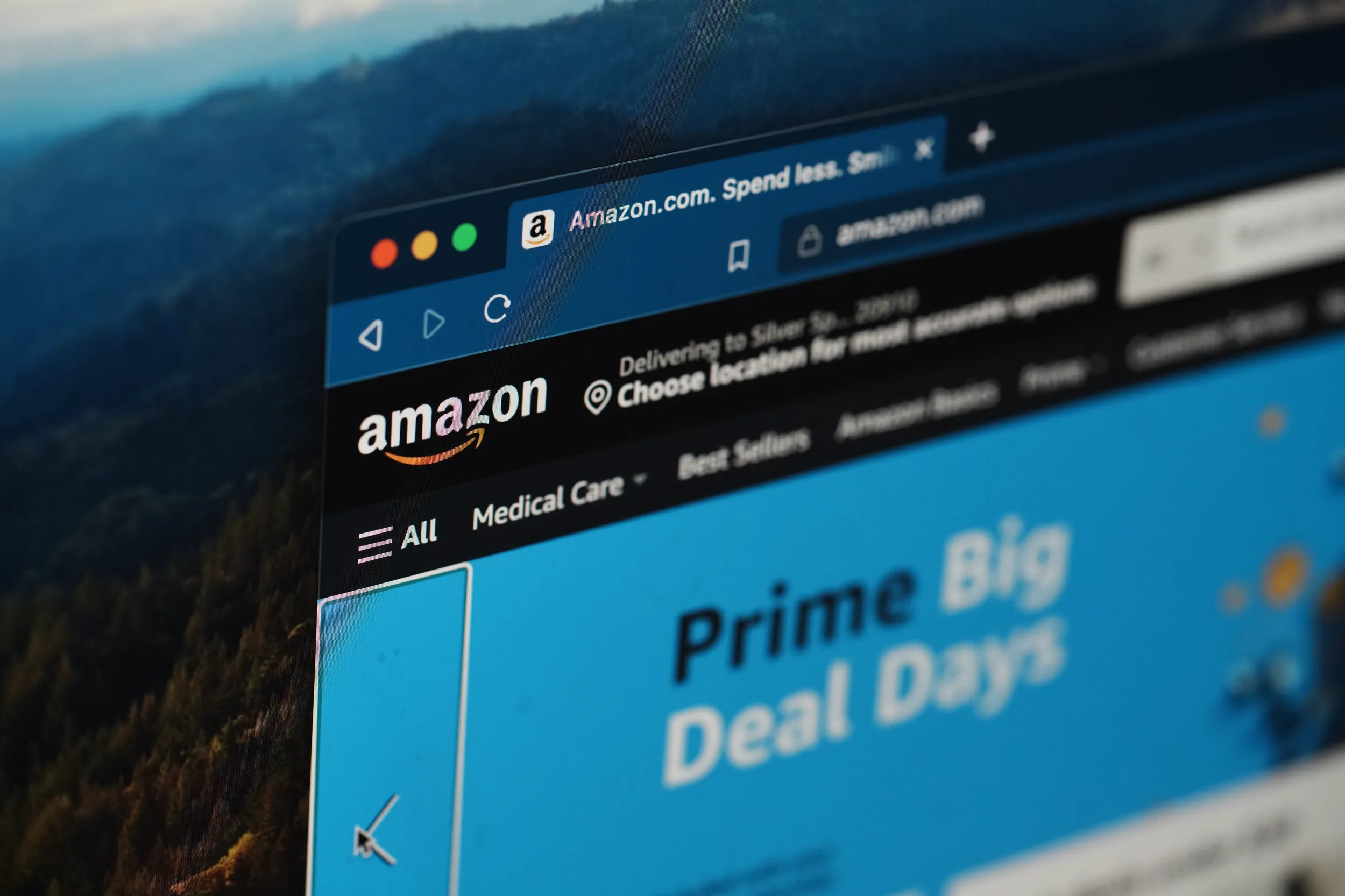Are Set-Top Boxes Finally Ready For Disruption? (It’s the User Interface, Stupid!)
One of the most perplexing issues in communications policy, and perhaps the longest-running — already with a convoluted 20-year history — is that of the cable television set-top box (STB). Two decades ago, Congress mandated that the Federal Communications Commission (FCC) set rules requiring the “commercial availability” of “navigation devices” for video programming. Yet after a score of rulemakings, orders and appeals, little if anything has changed. Can it? We may finally be on the verge of a new era…but to understand why requires a brief excursion into history.
Nearly all consumers obtain their STBs from the cable system operator that also provides them linear television programming, local broadcast channels and often broadband Internet access as well. This captive, rental market is a lucrative one for cable firms and one that, as other DisCo commentators have observed, seems totally inconsistent with the evolution of most communications markets, which have exhibited vibrant innovation at the edge of the network. Why is it that a consumer can easily buy or finance (or get free from their carrier) a smartphone, WiFi router or other digital device with scores of features, functions and intuitive interfaces for their voice and data communications but not for consumption of television programming? Why is it that the cable TV industry has remained “relatively immune to the innovation bug”?
Part of the answer is the law itself. The 1996 legislative effort that gave birth to the commercial availability mandate was a compromise, one which sought to reassure cable operators against a risk of piracy by requiring that the FCC’s implementing regulations could not “jeopardize the security of multichannel video programming…, or impede the legal rights of a provider of such services to prevent theft of service.” Remember that in the 1980s, signal piracy was a pervasive problem with cable and satellite-delivered television programming. So at the time, this caveat seemed both appropriate and necessary, especially because the prevailing mode of signal protection, analog “scrambling,” had few if any practical alternatives.
As I’ve noted, however, with the transition from analog to digital cable transmission now complete, scrambling has been replaced by far more impervious digital authentication protocols for pay TV. Yet the law has still languished, and in one important way moved backwards.
Fast forward to December 2014, when Congress passed the STELA Reauthorization Act. The law repealed the set-top box integration ban, no longer requiring cable operators to use CableCARDs in the STBs they lease to subscribers, and thereby threatening equipment compatibility.
Some have argued that Congress should go even further, repealing the commercial availability mandate altogether because, in their view, “[t]he economics of the service-equipment relationship in multichannel video prescribes a light-touch approach for set-top boxes, one much different from the agency’s oppressive AllVid (and CableCard) proposal.”
The FCC’s efforts to jumpstart a vibrant marketplace for STBs have indeed been a dud. As former FCC Commissioner Robert McDowell wrote in 2010,
Time and experience have made clear that Congress’ goal of creating a robust consumer market for set-top devices has often seemed elusive. In short, consumers who want to take advantage of retail options available today still face practical obstacles that can make third-party devices less appealing. Nonetheless, precisely because Congress told us to, we are taking another stab at a remedy today. Perhaps this time Sisyphus will get his boulder to actually stay on top of the hill. But should it roll back into the Valley of Unattained Goals, some may want to ask Congress to consider new options.
Part of that Sisyphean conundrum can be placed at the feet of the FCC itself. The agency has consistently granted waivers to cable companies, including some of the largest operators such as Cablevision and Charter, that delayed implementation of its STB integration ban while awaiting their promised development of a downloadable, digital security standard. Meanwhile, a formal working group report on that digital standard, dubbed DSTAC, continues to meander along. So while the FCC periodically focuses attention on commercial availability, its efforts have been undermined by an unfortunate willingness by the agency bureaucracy to delay and temporize.
Another part of the conundrum relates to the nature of the television marketplace itself. While vertical integration in cable has increased in recent years (witness the controversial Comcast-NBCUniversal merger, for instance) it remains true that the vast majority of linear cable TV shows and video on demand (VOD) services are produced by programming networks that have always known intuitively where their economic bread is buttered. To avoid “channel conflict” — a/k/a pissing off their cable partners — all of the major Pay TV and cable programming networks historically avoided doing anything that smacked of trying to bypass the cable distribution system. That explains, in part, why Apple’s well-publicized efforts to “reinvent” television with its own STB, or even a smart television, have foundered: Apple was unable to replicate with television programmers the same disruptive and industry-changing deals it earlier did with record labels for iTunes music.
Things are a-changing, however. Much as the smartphone has forced wireless carriers to offer lower prices, higher or no data caps and unlimited texting, cord-cutting is seriously beginning to reshape the video marketplace. (The cable industry’s loss of 625,000 subscribers in the second quarter of 2015 was the largest ever.) House Of Cards and Netflix are just the tip of the iceberg, as an estimated 70% of all evening Web traffic in the U.S. is devoted to streaming video today. In a landmark move, Home Box Office — which The Economist rightly described as “the outfit that changed the kind of television people watch is [now] poised to determine how they watch it” — launched both a streaming video service, HBO Go, and a stand-alone Internet TV service, HBO Now, last year. ESPN, CNN and many other cable programming networks have followed suit.
We all know it, Tim Cook said it: the future of TV is apps. Our page on the future of TV. https://t.co/oqHzilBaSZ pic.twitter.com/3i1q3ET5XB
— NCTA Cable (@NCTACable) November 5, 2015
Even more importantly, the cable and satellite businesses are also changing. Time Warner Cable revealed last week that it plans to kill the STB in favor of app-based distribution. DirecTV this year started offering its flagship product (an exclusive), NFL Sunday Ticket, on a stand-alone, streaming basis to non-subscribers. Even venerable yet much-maligned Comcast has now begun to offer a “TV anywhere” version of its entire channel lineup, but only to paying cable subscribers.
Yet one should not count the returns in this dynamic marketplace until all the votes are in. Just days ago Re/code ran a front-page story explaining why the major broadcast TV networks may be ready to pull back on licensing to Netflix and other digital services “in the hope of keeping their core business intact.” And when CBS announced development of a new, original Star Trek series, it provocatively added — to the dismay of fans and critics — that following a January 2017 broadcast premiere, all subsequent first-run episodes will then be available exclusively in the U.S. only on the network’s own streaming service, CBS All Access.
These developments possibly herald a new paradigm for video programming distribution, one far more consistent with an open access model than the proprietary, and increasingly archaic, closed STB distribution structure the cable industry has employed for 30 years. Having been a part of the telecommunications revolution that ushered in our modern digital communications era, namely the Carterfone doctrine and the Bell System breakup, this author fully agrees with the Consumer Video Choice Coalition (of which CCIA is a member) that “without competitive freedom to innovate in devices, the broadband world we enjoy today would not exist.” Even in the multichannel video distribution (MVPD) marketplace, under the limited competitive opportunities enjoyed to date, many fundamental innovations — from DVRs to streaming video sticks to place-shifting devices like Slingbox, among others — have originated with competitive firms. That in part helps explain a recent antitrust verdict against Cox Communications for tying rental of STBs to its sale of cable television services.
So, where does that leave us? One can make a strong case, as Larry Spiwak of the Phoenix Center has done, that despite STB rental income, cable operators as rational businesses will move to lowest-cost distribution systems and embrace open equipment standards when the economics make them profitable. Because the cable television industry is one of the most capital intensive around, lowering its cost of infrastructure would seem consistent with embracing equipment provided in the marketplace and, most importantly, financed by the customer. The nub of the problem today may well not be the equipment control issue on which many cable industry critics (of which I’ve been one since 1984) pin their support of further FCC regulation.
Think instead of the user interface as the source of the problem. Acting boldly in 2007 with the introduction of the iPhone, Apple was willing to cannibalize its revolutionary iPod music player by building those same capabilities — now coupled with iCloud storage and streaming — into the smartphone. The major cable companies have yet to embrace such business model disruption not just because they make money leasing boxes (and with them the costly “truck rolls” for installation and service that remain the industry’s Achilles’ Heel), but instead because they live in fear of what insiders term an à la carte model. Cable programming bundles are supported by the STB because that is what allows cable operators to control how viewers access programming and how they pay for it. If an open standard for cable equipment compatibility supported the seamless integration of third-party devices at the customer premises, the periphery of the network, subscribers would be free to substitute a different (and likely better) user interface that does what no device today is able to deliver, namely the integration of multiple cable and over-the-top services into a single device with seamless searching, recording and an ease of use unmatched by anything available in the marketplace today.
From the cable industry’s perspective, that risks upending the long-standing relationship between MVPD and subscriber, transforming cable systems into the “dumb pipes” that characterize wireline and wireless telecommunications carriers. In its typically overstated fashion, the cable industry complains that allowing device manufacturers to reconfigure traditional television content would turn their businesses “into suppliers of programming for commercial use by third parties.” Realistically, in contrast, they would instead be forced to innovate in their core competence of video delivery, trashing clunky user interfaces (UIs) like Comcast’s Xfinity in favor of an approach that competed for subscribers’ allegiance by offering a better, more user-friendly navigation and viewing experience. Much like a Web browser for television content, third-party STBs could usher in an era in which cable systems, like other communications firms in many, very different markets, must continually innovate in order to retain and grow their customer base.
Google, TiVo and other innovative tech companies are pushing for this result at the FCC. (Google coincidentally filed a patent for a set-top box graphical user interface way back in 1997.) One cable operator, Charter, partially embraced the concept by announcing that it plans to roll out a new, cloud-based UI for all of its set-top boxes this year, while another, Cox, reported that its TV anywhere UI, dubbed “Contour,” has motivated subscribers to watch 40% more TV shows and 20% more channels. But the travails of Apple’s “experiment” with Apple TV — illustrated by the relatively lackluster reaction to that device’s most recent incarnation this month, which “isn’t reinventing TV” at all, as Walt Mossberg noted — are a cautionary lesson.
Bloomberg Business commented that the DSTAC digital security working group couldn’t agree on
whether the standards should open the way for devices to do whatever designers want with program information. If they can, then Google gets its way. If they can’t, then consumers would use apps approved by pay-TV providers to get to cable and satellite-TV subscription programming.
In a very real sense, therefore, the issue is less one of the commercial sale of STBs than of the user interface for accessing digital programming. The FCC is being asked to take sides in a “battle for control of the TV,” said Richard Bennett, visiting fellow at the American Enterprise Institute. Yet that battle is more for the emerging video UI than for the sale of STBs and other navigation devices, which in the long run are likely to be commoditized. Apps, downloadable security and streaming sticks or boxes are all well and good, but to my mind the user interface — along with control of its development (and monetization) — is the key.
If the CBS Star Trek model of in-house streaming eventually prevails, with each network using its own (and largely incompatible) digital services, one can easily predict market fragmentation and increased consumer demand for — and resulting profitability of — a consistent user-facing interface to selection and viewing of digital video content. That is the potential game-changer where STBs are concerned, because ubiquitous streaming and the competitive threat from independent UI providers could force cable firms to abandon their control fetish and embrace the same creative destruction ethos that has allowed Apple, and now even Microsoft, to prosper through “cannibalizing” innovation.
The Hollywood Reporter asks whether the future of television “belongs to the device or the app.” Neither, in my judgment. Much as Bill Clinton’s campaign strategists constantly reminded him in 1992, it’s the user interface, stupid!








